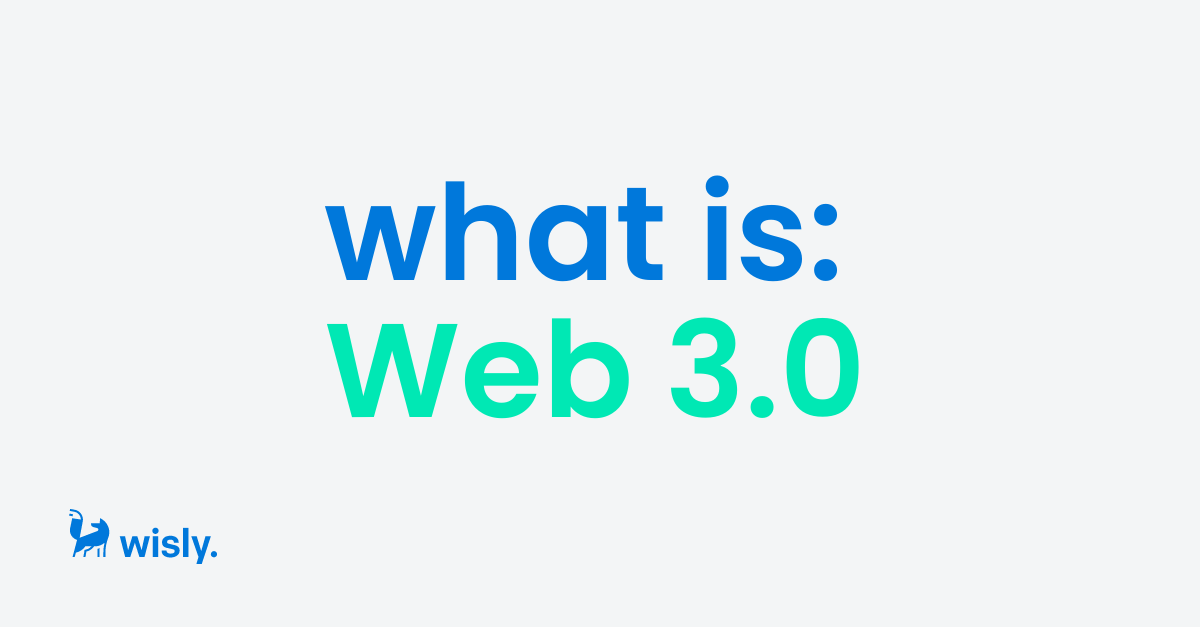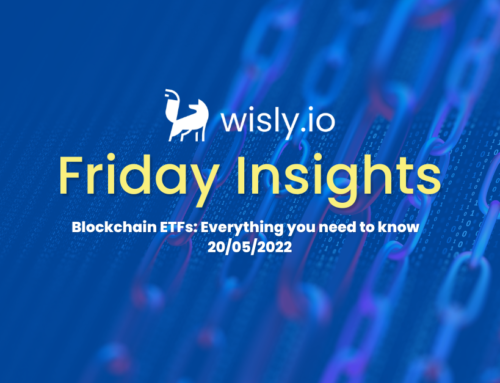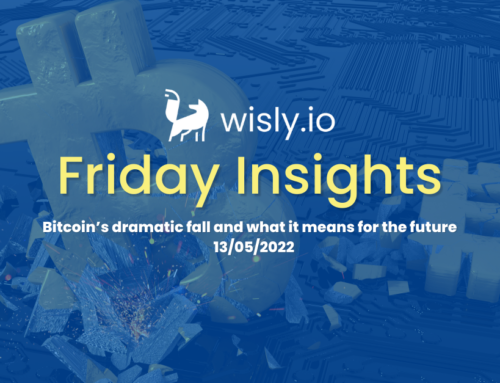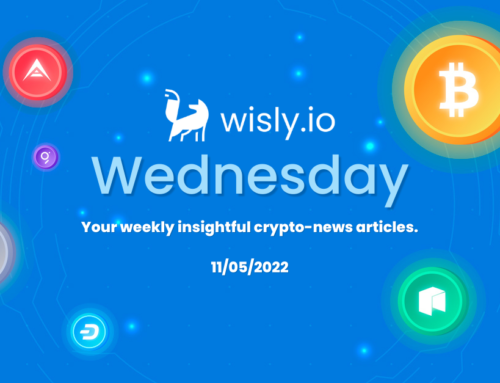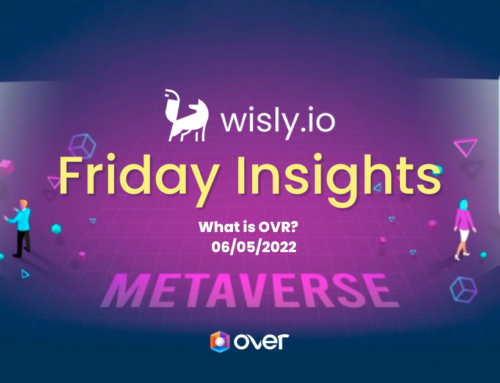Web 3.0 is commonly described as the future of the internet and is actually the third generation of the internet – albeit one that is still in the development stage. It is being designed with the intention of changing the way that the internet processes information – where apps and websites use technologies such as machine learning, Big Data, and decentralised ledger technology to process information in a smart human-like way.
Essentially, data will be interconnected in a decentralised manner with semantic web, blockchain technology and artificial intelligence central to Web 3.0’s development. Considering that a lot of the technology required for Web 3.0 is still in its infancy, its vision is certainly exciting – especially for those concerned about how huge companies, such as Meta, dominate the internet and control how people experience it.
Since Web 3.0 networks plan to operate through decentralised protocols – the founding blocks of crypto technology and blockchain – it is likely that emphasis will be placed on making the platform interoperable and easily integrated with automation through smart contracts. To understand Web 3.0 better, we should take a step back and look at how the web has evolved.
Evolution of Web 3.0

Web 3.0 appears to be the natural evolution of the older generation of web tools and the internet, where the latest technologies like blockchain and artificial intelligence will be central to its operations. So let’s look at how the internet really started.
Web 1.0

This was the first version of the internet and was prevalent from 1989 to 2005. It was referred to as the static web or “read” version that offered users access to limited information with little to no user engagement. Essentially, it was a collection of links and homepages, and users couldn’t do much besides reading things and publishing content for other users to read.
There were no algorithms to browse internet pages, making it hard for users to find specific information. Content creation was traditionally done by a select few sources and was mostly available through directories.
Web 2.0

This was an upgrade of the first version of the internet and is actually the version that we still use today. It was launched in 2005 and is referred to as the “read/write” version of the internet – referencing computer code that allows a user to open and edit files instead of just viewing them.
This version of the internet is incredibly interactive and allows users not only to consume content but also to create and publish their own content on platforms like blogs, forums, marketplaces, and social media.
While Web 2.0 has made a significant contribution to the way people live their lives, the general public has become increasingly concerned about how global tech giants harvest their personal information and use it without their consent. Despite the world of amazing free services that Web 2.0 has brought, society at large wants to have more control over their data and content – the perfect space for Web 3.0 to enter.
Web 3.0

Web 3.0 can be described as the “read/write/own” version of the internet’s evolution. As opposed to using free tech platforms in exchange for access to our personal information, users will soon be able to participate in the governance and operation of the protocols on their own – making users shareholders and participants as opposed to being classified as customers or products.
The shares that users would hold will be in the form of cryptocurrencies or tokens – representing ownership of decentralised networks called blockchains. The platform will use the latest technological advancements to make the third version of the internet as realistic and interactive as possible. Essentially, what happens on Web 3.0 will be determined by investors and not a few global tech giants who control how you experience the internet.
Key Features of Web 3.0

To really understand Web 3.0, let’s touch on some key features that set it apart.
Decentralisation enables information to be stored in multiple locations simultaneously instead of being kept on massive databases by a select few. The information generated by powerful computing resources like mobile phones, desktops and laptops, appliances, and cars will be sold by users through decentralised networks – ensuring that users maintain ownership control.
Web 3.0 will be trustless and permissionless, so you won’t need authorisation from any governing body to participate. Apps on the platform will operate on blockchains or decentralised peer-to-peer networks.
Like Web 2.0, this third version of the internet will be ubiquitous – meaning having the capacity to be everywhere at the same time. This is akin to taking a photo and sharing it on social media for the world to see. With Web 3.0, however, it plans to make the internet accessible to everyone, anywhere in the world, and at any time.
Semantic web enables devices to analyse information from the internet, such as content, transactions or links between people. By applying semantics in the third internet, devices can decode meaning and emotion through data analysis, leading to an enhanced internet experience.
Artificial intelligence is prominently used in Web 2.0. There are plans to ramp up its contribution to Web 3.0 through machines that can decipher the meaning and emotions reflected by data sets. This will help the third version of the internet to sift through information and tailor content to a user’s liking – ultimately providing users with the best filtered and unbiased results in an instance.
Final thoughts
Web 3.0 hopes to give users a more personal experience with customised browsing capabilities – a smart human-like assistant available instantly – and many benefits that come with using decentralised platforms.
Users will have full control over their own information and have a vastly enhanced experience of using the internet. When you consider the impact of technology on society – specifically how it has changed behavioural patterns, the dawn of Web 3.0 will certainly become an essential part of our lives that guides us into bigger and brighter things, filled with promise and wonder!
